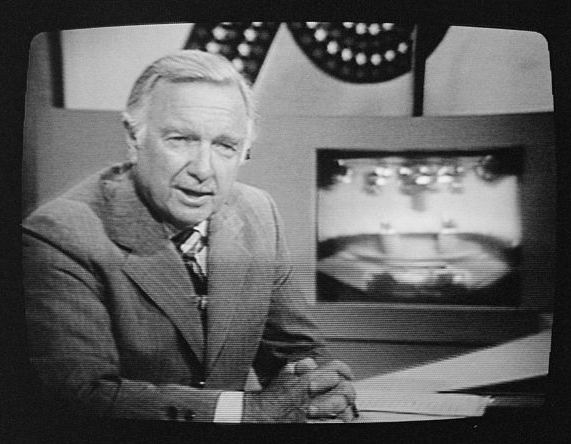Share this article with your network of friends!
For seniors who vividly remember the days when home milk delivery was a cherished part of daily life, the memory evokes a sense of nostalgia for a simpler time. Home milk delivery was once a common practice in many communities, providing convenience and a personal touch to the milk-buying experience. This article delves into the history of home milk delivery, its significance to seniors, and the factors that led to its gradual decline.
A Staple of the Past
Home milk delivery was a time-honored tradition that thrived for much of the 20th century. Dairy companies, such as Borden, Sealtest, and Meadow Gold, used to deliver fresh milk, along with other dairy products like butter and eggs, directly to customers’ doorsteps. The milkman, with his iconic uniform and friendly demeanor, became a familiar and trusted figure in neighborhoods across America.
The Convenience of Home Milk Delivery
In an era before widespread supermarket chains, home milk delivery provided a convenient and personalized shopping experience. Seniors recall how the milkman’s arrival early in the morning, with the clinking of glass bottles, signaled the start of the day. Customers could leave empty bottles on their doorstep for exchange, ensuring a steady supply of fresh milk for their families.
The Bond Between Customers and Milkmen
Home milk delivery fostered a strong sense of community and familiarity. The milkman knew his customers by name and often engaged in friendly conversations during his rounds. He built personal relationships with families, often delivering milk to multiple generations within the same household.
The Decline of Home Milk Delivery
Several factors contributed to the decline of home milk delivery over time. As supermarkets and grocery chains expanded, offering a more extensive range of products, consumers began to shift their shopping habits away from home delivery. Refrigeration and transportation advancements made it easier to store and transport milk over longer distances, reducing the need for frequent home delivery.
Additionally, the shift in consumer preferences towards convenience and the rise of processed foods further impacted the demand for home-delivered milk. With more options available at local stores, customers found it easier to do all their shopping in one place rather than relying on multiple deliveries.
Environmental Concerns and Packaging
The use of glass bottles for home milk delivery, while sustainable and reusable, posed logistical challenges and increased costs. As more consumers embraced disposable packaging, such as cartons and plastic containers, home milk delivery faced economic pressures and additional environmental scrutiny.
Conclusion
Home milk delivery was a cherished tradition that provided convenience and a sense of community for seniors during their younger years. The memories of the friendly milkman and the clinking of glass bottles remain vivid and evoke a sense of nostalgia for a simpler time. While home milk delivery may no longer be a common practice, its legacy lives on in the hearts of seniors who remember it fondly as a symbol of a bygone era.
DISCLAIMER: This website contains articles for informational and entertainment purposes only. No articles on this website should be considered as professional advice for any medical, legal, or financial matter. Advertisements and content may contain affiliate links, where the website earns a commission for sales derived from our users.





